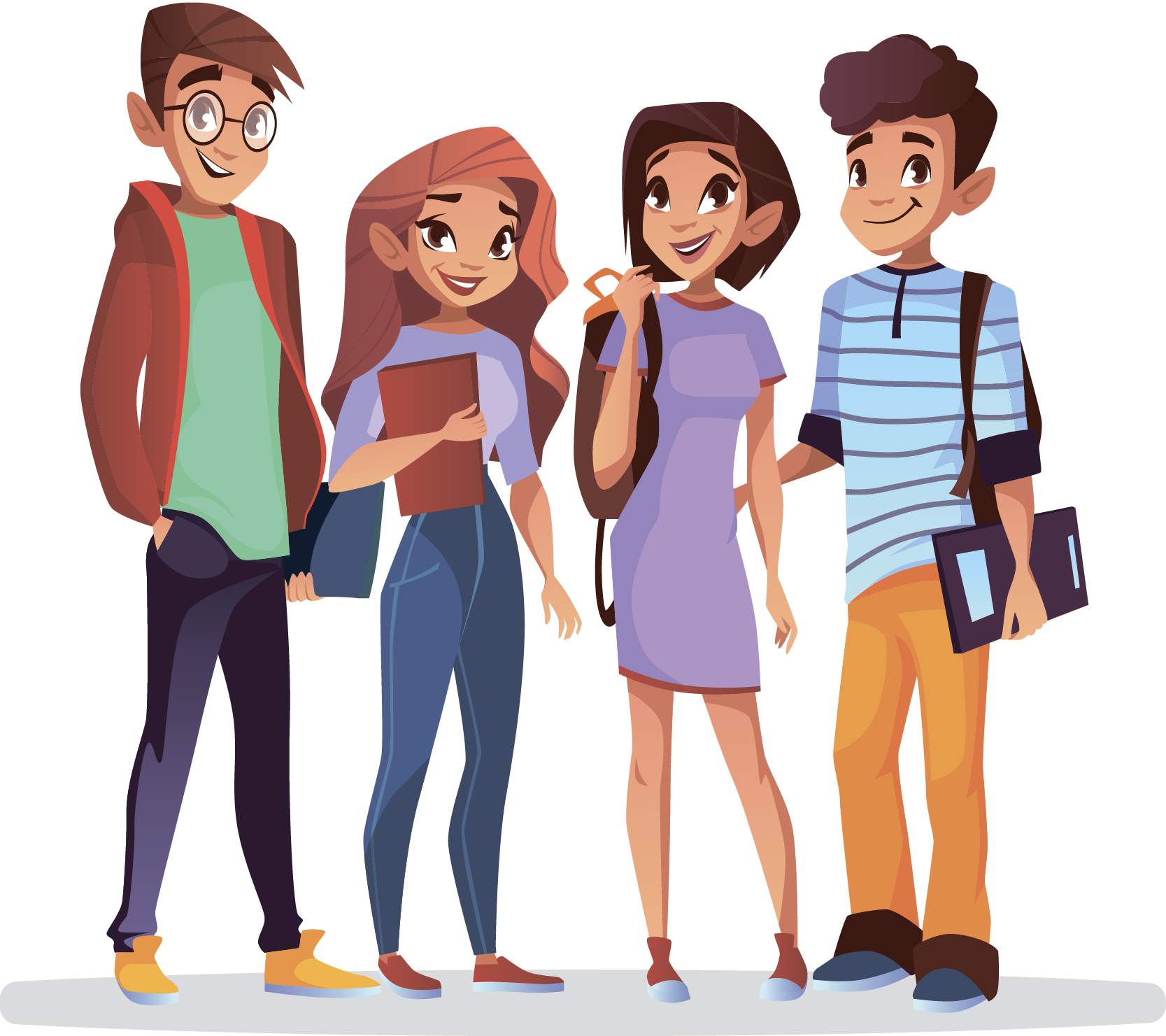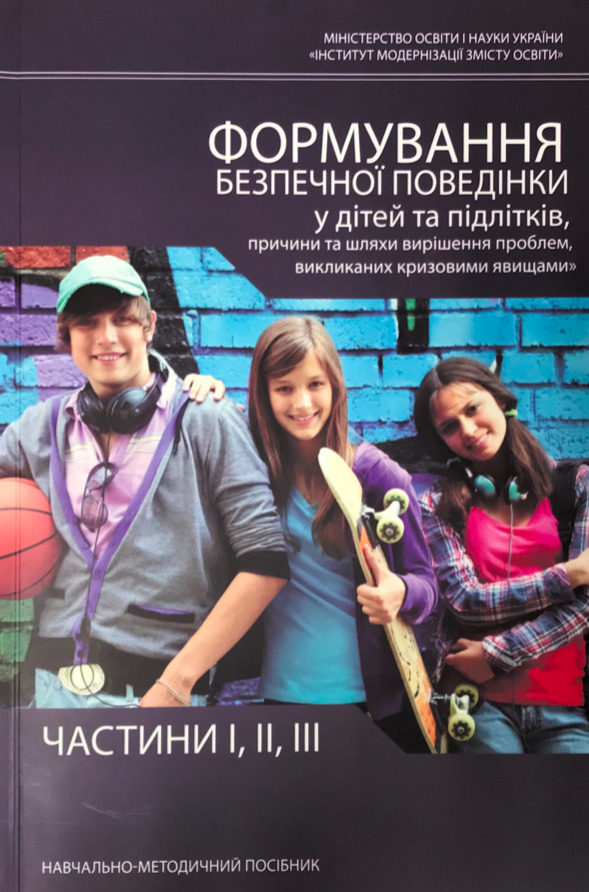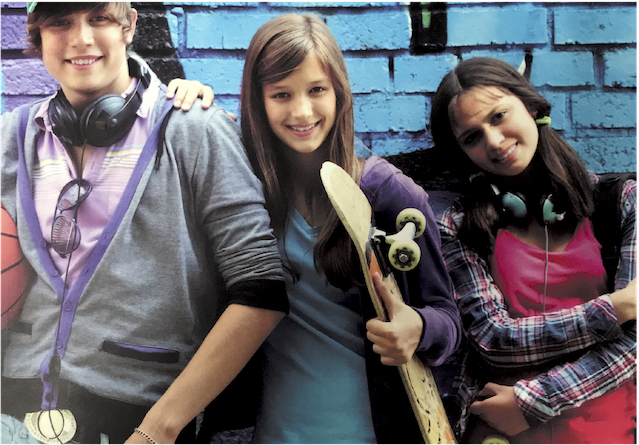
Today, society must take on a serious challenge – to create a healthy environment for every child / adolescent, to raise a generation capable of upholding humane relationships between people. Unfortunately, high levels of alcoholism, use of tobacco products, drugs and psychotropic substances, aggression, depression, and incompetence in intimate relationships remain widespread among children and adolescents. Children from social groups who are prone to deviant behavior, who need to integrate into a society that is now only on the verge of developing empathy and tolerance skills, remain at risk.

The urgency of this issue is supported by the growing number of such children. The manual for this program is based on many years of experience in teaching in schools and working with children. The originality of the program is that it includes practical advices to the diagnosis and correction of behavior of children and adolescents, the experience of teachers, in accordance with the needs of society, where almost every teacher can acquire basic knowledge of correctional pedagogy.

The textbook provides the mandatory requirements of state educational standards. That is why the team of authors of the textbook “Formation of safe behavior skills in children and adolescents, causes and solutions to problems caused by crises” modernized this course for educational institutions for more than twenty years, it aims to help the younger generation find answers to pressing questions: how to choose the best way of behavior in a particular situation and adjust your attitude to certain life circumstances, includes developmental, educational, holistic, activity, communicative, self-educational, creative and health-oriented.
The training manual was developed by the All-Ukrainian Cultural and Educational Center “New Life” in order to create basic competencies for the formation of safe behavior and ways to solve problems caused by crises among children and adolescents, as well as to work with children at social risk and prone to deviant behavior.
The manual is a support material for teachers: psychologists, social educators, correctional educators, teacher assistants, club leaders and parents who have been trained in this program and more.
The manual “Formation of safe behavior in children and adolescents, causes and solutions to problems caused by crises” can be used as additional material during educational hours, trainings, camps and clubs in afterschool environment.


CONTENTS OF THE MANUAL
Part I.
Section I. Human development and obstacles to a healthy lifestyle.
Lesson №1. Features of adolescence.
Lesson №2. How you can know and understand yourself.
Lesson №3. How to improve relationships with others.
Lesson №4. What is the difference between risky and normal behavior?
Lesson №5. How do you treat smoking?
Lesson №6. What do you need to know about alcoholism?
Lesson №7. What is the danger of drug addiction?
Section II. Advantages and disadvantages of social connections.
Lesson №1. What do you know about friendship?
Lesson №2. Bullying. How to distinguish bullying from ordinary jokes.
Part II.
Section I. Positive and negative social phenomena.
Lesson №1. What is tolerance?
Lesson №2. We are all different – we are all equal.
Lesson №3. Why do we develop emotional intelligence?
Lesson №4. Aggression, depression, suicide – how to resist.
Lesson №5. Internet security, what is sexting, grooming.
Section II. Positive directions in life.
Lesson №1. Responsibility: why do you need it?
Lesson №2. What is an intimate relationship?
Lesson №3. Career choices.
Lesson №4. Why do you need financial literacy?
Lesson №5. Time management.
Part III.
Section I. Features of alternative behavior.
Lesson №1. Critical thinking and vital necessity.
Lesson №2. Piercings and tattoos: pros and cons.
Lesson №3. Culture and eating disorders, part I.
Lesson №3. Culture and eating disorders, part II.
Section II. Trainings for adults, inclusive education, features of life.
Training №1. Personality and its boundaries.
Training №2. Irritation, aggression, anger – myths and reality.
Training №3. Personality and its identity.
Training №4. Children at risk.
Training №5. What is hyperactivity in children (ADHD).
Training №6. Attention Deficit Hyperactivity Disorder in Adolescents.
Training №7. What is minimal brain dysfunction in children.
Training №8. Emotionally unbalanced children with behavioral disorders.
Training №9. Manifestations of anxiety in children and adolescents.
Section III. Prevention and correction of speech disorders in children.
Training №1. Prevention of speech disorders in children by means of education.
Training №2. Innovative speech therapy technologies in correctional work.
Training №3. Correction of speech disorders in children.
Training №4. Development of motor activity of students.


